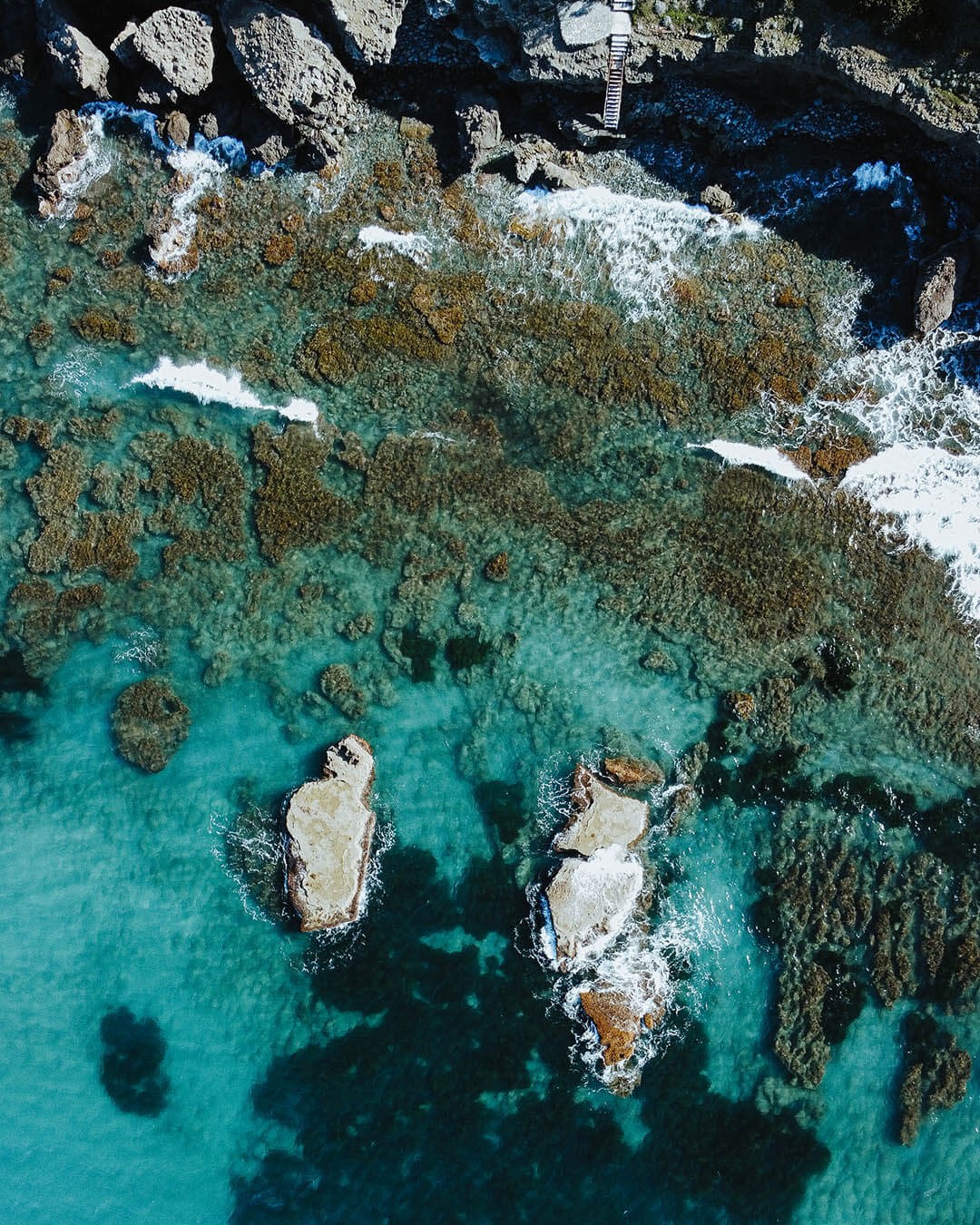Archaeological Site of Kourion
- Limassol
- Monument
Situated on the south-western shores of Cyprus, within the Limassol district, Kourion stands as an impressive archaeological site that offers valuable insights into the island's history and earliest civilizations.
According to Herodotus, Kourion was founded during the late Bronze era by the Argives, who migrated from Argos following the collapse of the Mycenaean civilization. The city-kingdom derived its name from its founder, Koureus, the son of King Kinyras of Paphos. While no architectural remains exist from an earlier era, it is believed that a civilization thrived even before the Mycenaean colonization, dating back to the Late-Neolithic and Chalcolithic periods. Excavations have revealed the oldest remains, which belong to the Hellenistic period (310 BC - 30 BC).
The present-day archaeological site comprises several buildings with diverse functions. The most renowned component of Kourion is the theater, initially built during the Hellenistic period, likely in the 2nd century BC. It consisted of a circular orchestra for performances, a raised acting platform called the proscenium, and an auditorium for the audience. The current theater is, to a large extent, a result of reconstructions and restorations carried out between the 1st and 3rd centuries AD. Adjacent to the theater is the House of Eustolius, designed as a peristyle Roman villa, notable for its well-preserved mosaic floors in the courtyard and reception areas.
Moving on, the Agora complex represents the ancient public square and houses a series of public buildings. South of the Agora stands the remains of the Episcopal Basilica, a significant early-Christian monument constructed in the 5th century AD. On the north side of the Agora is the Roman Nymphaeum, a sanctuary dedicated to water nymphs. Built in the 1st century AD, it divided the extensive public baths into two sections. The baths included dressing rooms, cold and lukewarm baths, and a hot bath with steam rooms.
The last section of the archaeological site comprises two residences. The House of Gladiators, named after its mosaic floors depicting gladiators, is a luxurious Roman house dating back to the 3rd century AD. Towards the north-western edge of the hill, the House of Achilles was built in the 4th century AD. Its centerpiece is a mosaic depicting the meeting of Achilles and Greek king Odysseus, where Achilles disguised himself as a girl to avoid the Trojan war, and Odysseus exposed him.
Once a prominent city-state, Kourion now stands as a magnificent archaeological site, attracting thousands of local and foreign tourists annually. The theater, serving as the centerpiece, continues to be utilized for cultural events.
Other locations
All locationsDragon's Cave Beach
Paphos | Beach
In an ideal location to escape the crowds, outside the small village of Pomos, it is located Dragon’s Cave; an impressive cave overlooking a hidden beach.
Kalopanagiotis
Nicosia | Village
Kalopanagiotis is a village of Nicosia District, in Troodos Mountains. One of the most picturesque villages of the island that attracts local and foreign vis...
Archaeological Site of Amathus
Limassol | Point of interest
Located just outside the city of Limassol, the Archaeological Site of Amathus is one of the oldest settlements known to Cyprus and it is definitely a destina...
Eléa Estate Golf Club
Paphos | Golf club
Eléa Estate Golf Club is a challenging par 71, 18-hole golf course in Paphos district, established in 2010. With its strategic design and major additions pla...

